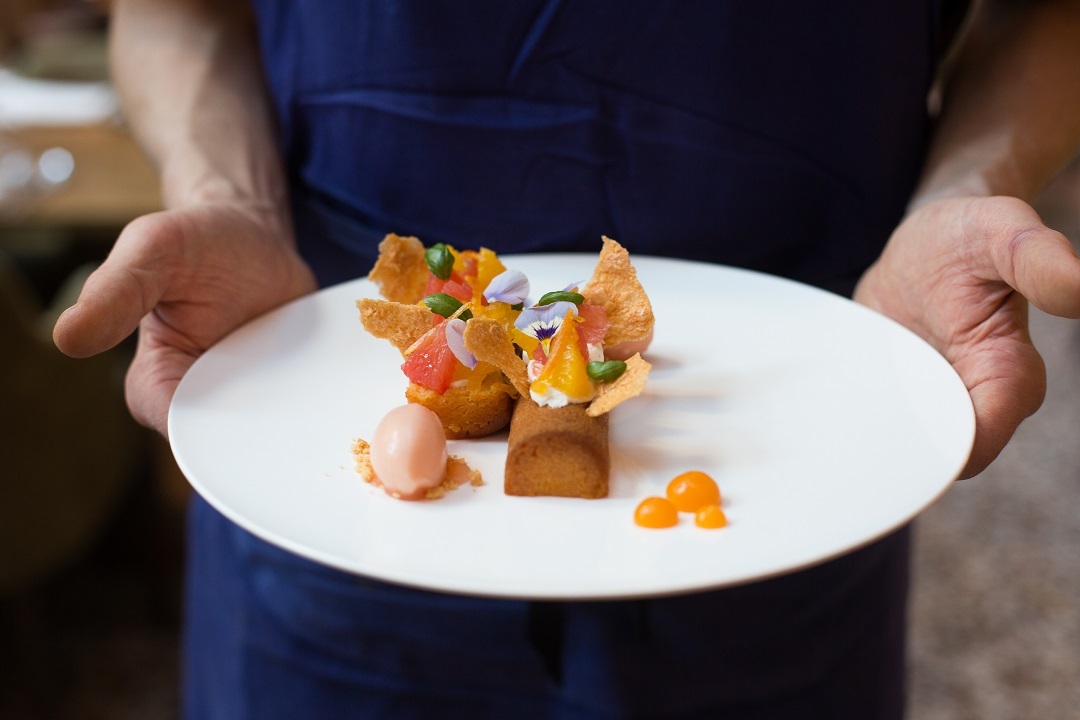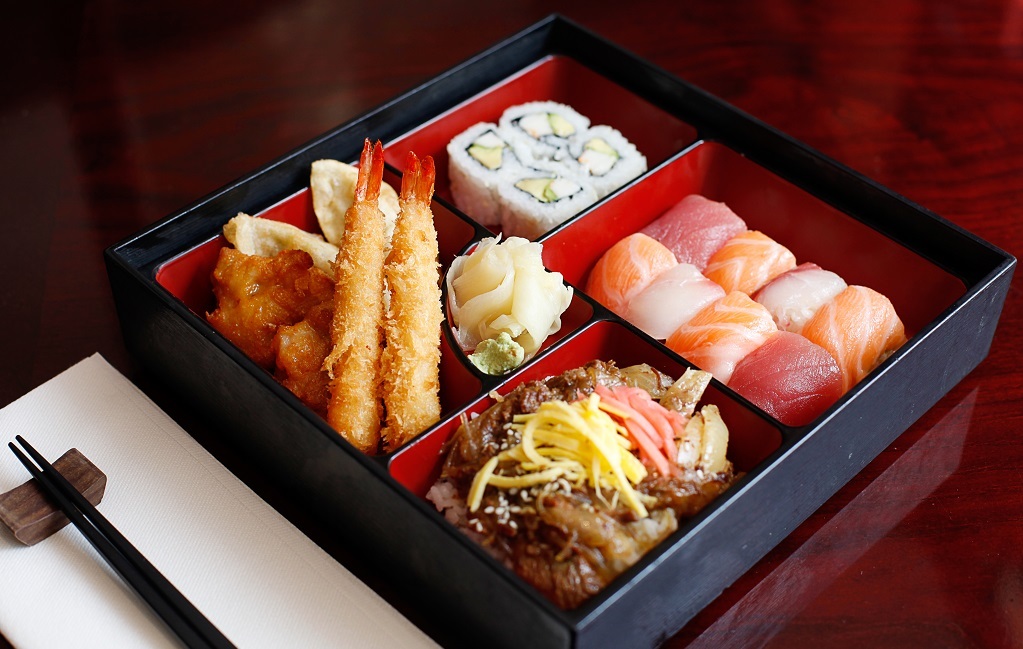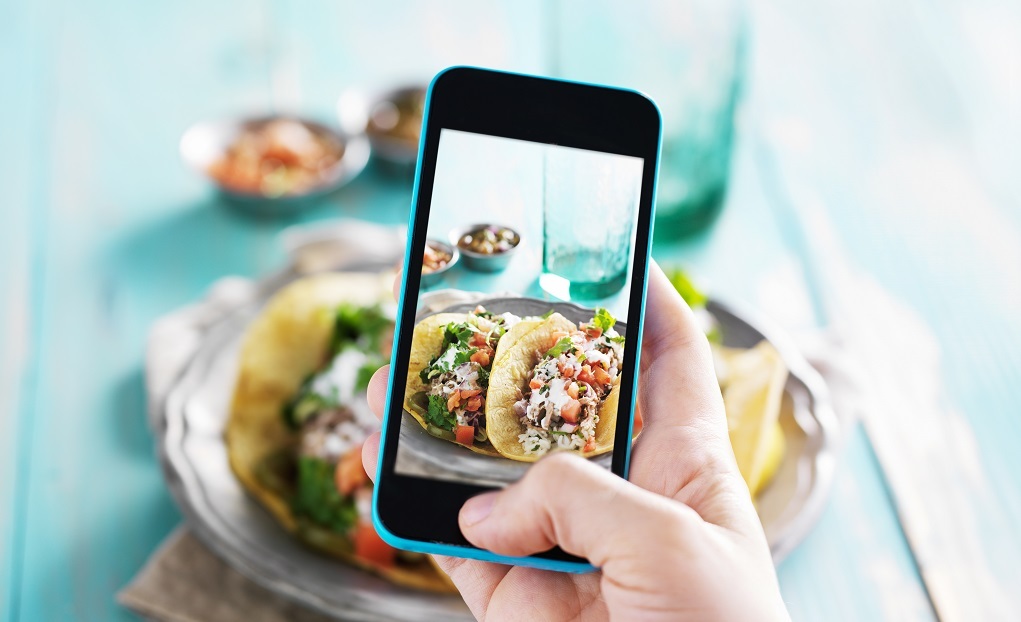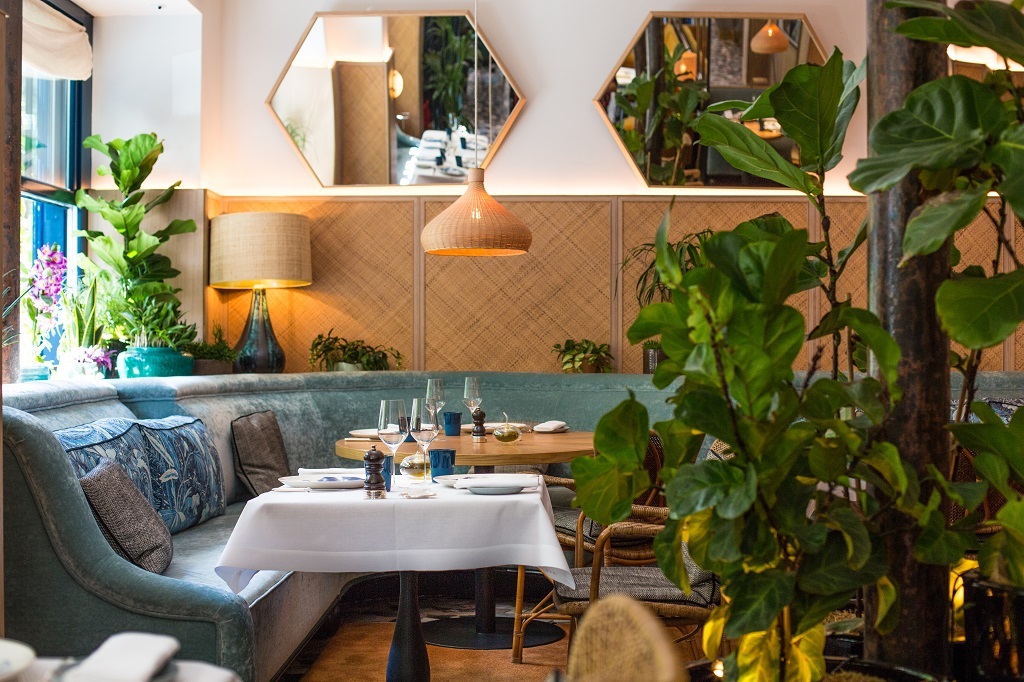Restaurant food trends 2024: discover the latest innovations
2024 has been a complex year so far. The restaurant industry has been shaken by an unprecedented economic crisis immediately after the Covid-19 pandemic. With consumer expenses dropping, the hospitality sector needs to add more value to customers’ dining experiences to even get them through the door.
TheFork Manager, Europe’s leading restaurant booking platform, can effectively support your business by analysing 2024 restaurant food trends and understanding how out-of-home consumption has changed.
In this blog article, you will discover the strongest 2024 food trends and how the industry has evolved, developing new ways to attract the attention of customers across the UK.

Home-made or restaurant, where will Brits eat in 2024?
Times have certainly changed when it comes to dining out. With Brits being more selective than ever when choosing restaurants, the cost of dishes certainly has a greater impact than before.
As consumers have decided to cut their eat-out expenditures, restaurants are trying to attract guests and save money by implementing operational strategies:
📲 The widespread use of QR codes for instant orders and payments. This can optimise table occupancy rates, as every single operation will benefit from an overall acceleration. With wait times reduced thanks to technology, the whole clientele can benefit from top-quality, smoother service.
🍽️ Attract new customers with menu discounts. As keeping hold of their cash is one of the factors that matters to customers when dining out, think about promoting lunchtime deals and exclusive offers. This will definitely be an eye-catching plan to entice new guests to come in and try your dishes.

🌱 Restaurant management has to deal with the rising cost of raw materials while trying to reduce their food waste and carbon footprint. This is leading customers to embrace plant-based alternatives, be more environmentally conscious (over 70%), and appreciate establishments that display a growing environmental awareness — even of the small things.
🌏 Go global. When Brits leave their homes to dine out, they want to experiment with new, unconventional flavours. Over 50% of consumers are enticed by Caribbean, Mexican, and Eastern Europe flavours and are fascinated by African and Asian food.
💯 Loyalty first. The recipe for success lies in word-of-mouth recommendations and retention plans. 53% of diners decide to go to a certain restaurant based on family and friends’ recommendations. If you deliver value to your guests with top-quality service, efficiency, healthy dishes, and alternative options in case of dietary restrictions, your clientele will appreciate this and may return to your establishment! In this way, a loyalty programme can ensure rewards and discounts for your regulars, enhancing your engagement and profitability.
Consumer preferences and expectations in 2024
Delivery, a temporary solution
Delivery or takeaway options have become an intrinsic part of Brits’ lives after the pandemic growth observed since the start of the Covid-19 crisis. This is a restaurant food trend that, based on a Lumina Intelligence report, increased by 2.8% again last year.
With a proportion of four in five restaurants offering delivery services, the number of takeaway options is increasing. By using specialised apps, restaurants can manage customers’ requests more quickly.
Now, people can visualise the menu directly from their smartphones or tablets, place their orders, and receive a tracking report of every phase of their meal preparation in real-time.
This new way of approaching food delivery helps restaurants earn customers’ trust with transparent systems and communicate any change immediately through the app. Moreover, this gives restaurateurs another channel to increase their revenue.

Growing digitalisation of the restaurant industry
The role of global digitalisation has also grown faster in the hospitality sector than almost anywhere else. Although shifting consumer preferences on the user side were already prevalent, an increasing adoption of new technologies is now ushering in a digital revolution in the restaurant sector.
Did you know that 81% of consumers consult an online review before choosing a restaurant?*
Source: https://www.brightlocal.com/research/local-consumer-review-survey/
From seeking information to booking a restaurant to sharing experiences on social media and writing reviews, the restaurant industry is being digitised at every turn.
One of the reasons that has led restaurants to integrate technology into their day-to-day routine is efficiency. By using tools such as TheFork Manager, you can:
- Monitor reservations in real-time
- Check the table occupancy rate
- Organise shifts based on bookings
- Drastically reduce wait times and no-shows
- Collect information about clientele preferences
- Implement QR code solutions so that guests can place their orders and pay the bill without leaving their table
- Identify the areas that need improvement, thanks to positive and negative reviews
The emergence of a new type of cuisine
The hospitality industry is embracing set menus, shared dishes, and smaller portions to minimise food waste and display a more eco-friendly attitude. More often than not, menu items include plant-based, vegetarian, and vegan options to meet the tastes of every guest.
Another food trend that is becoming increasingly widespread is to include the calories for each plate. This enhances people’s trust and proves once more how healthy food is a preferred choice for a vast majority of Brits.
As a result of this, among the best-selling products are fruits and vegetables like cucumber, banana, and little gem lettuce. Chickpeas and carbohydrate alternatives, meat, and fish are on the rise, as are kefir and other macrobiotic drink options renowned for their gut health properties.*

Sustainability takes a more important place on our plates
Another restaurant food trend in 2024 is sustainability. 75% of British consumers prefer to eat locally sourced, seasonal ingredients, as this approach guarantees fair trade and top-quality produce.
This higher awareness towards the environment and the origin of raw materials has caused a shift in consumer behaviour, as 36% of Brits are actively looking for restaurants that also value sustainability.
Source: https://www.lightspeedhq.co.uk/blog/top-restaurant-trends/
Nowadays, zero-waste initiatives, a drastic drop in greenhouse gas emissions, and the use of energy-efficient lighting systems contribute to strengthening the reputation of a restaurant, resulting in increased revenue.
As a part of this impulse, the farm-to-table concept is on the rise, emphasising the willingness of British dining establishments to opt for UK ingredients with the goal of enhancing domestic production and valuing the origin of produce.










